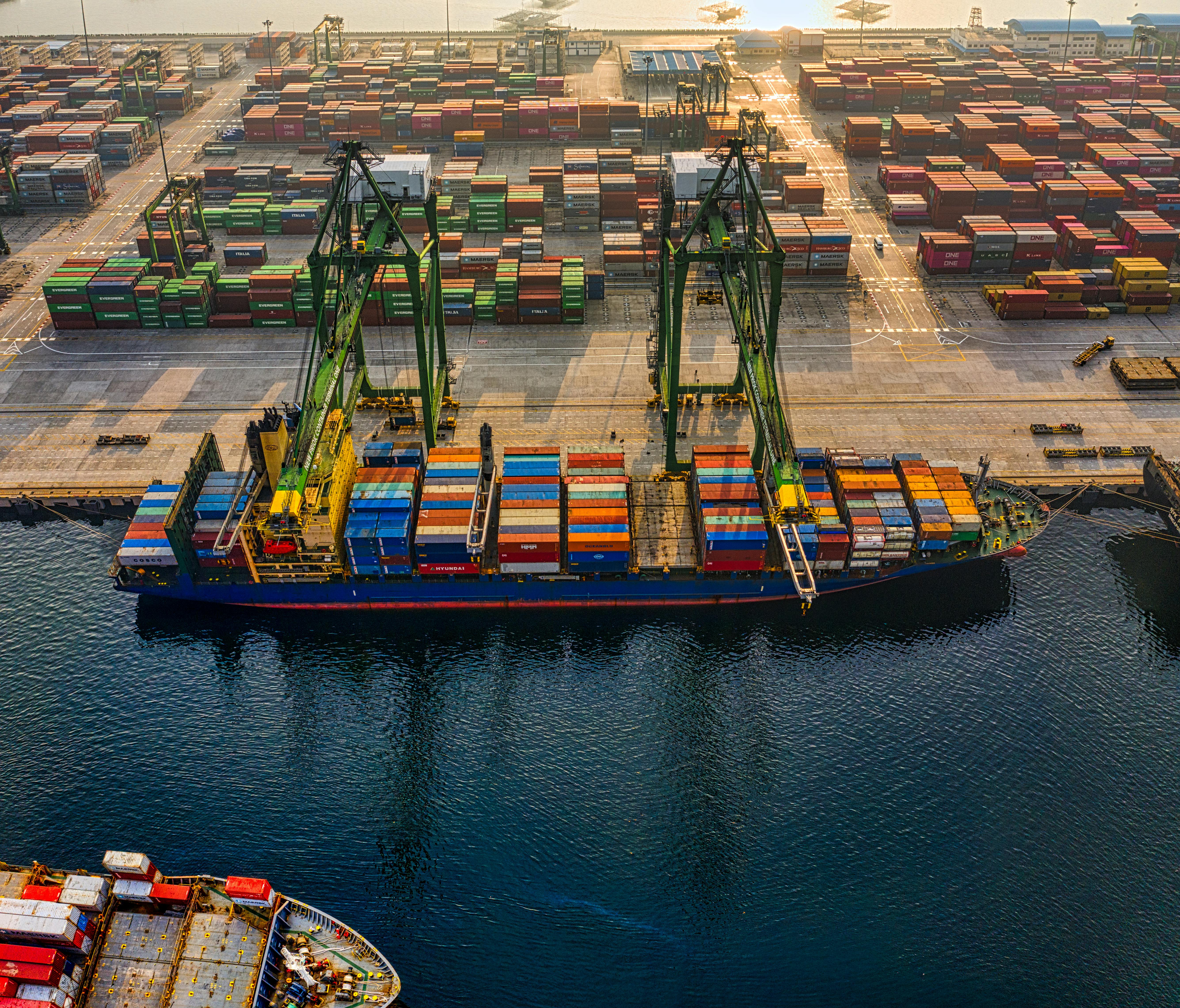International trade is slowing down, with significant differences among sectors
The slowdown in world exports was confirmed in Q4-2018, but this is not a fall.
Published by Marcello Antonioni. .
Check performance Conjuncture Global demand Industries Global economic trendsQ4-2018 pre-estimates confirm the weakening of international trade ...
In the fourth quarter of 2018 world trade was again less dynamic than the 2017 average, albeit with still positive trends (+2.3% at constant prices), according to the pre-estimates formulated by StudiaBo within the Ulisse Information System1 and measured in terms of export declarations of the conjunctural sample of countries considered2.
.. but this is not a fall (+2.3% Year-over-Year in quantity).
Sectors experiencing a protracted contraction (such as the automotive) must be distinguished from the others, still particularly dynamic.
A sectoral-level analysis of this slowdown suggests the presence of different patterns across the industries, which can be grouped as follows:
- In protracted contraction: the emblematic case is Automotive and Agricultural Equipment which, for the ninth consecutive quarter, has been recording a year-over-year (y-o-y) decline in world exports measured at constant prices (the cumulative decrease amounts to over 16% in quantities). In particular, most of the fall can be attributed to the Cars segment, whose world exports showed a y-o-y decline in quantities in 8 of the last 9 quarters: this shows that the contraction is not a recent phenomenon, and that it has intensified in the last quarters.
- Significantly slowing down: this is the most numerous cluster.
- First of all, investment goods for the industry belong to this cluster; in particular, worldwide exports of Machinery (-0.8%, after a 4.4% decrease in the previous quarter)3, Industrial Plants (stable, after falling by 1.6% in the third quarter), Industrial Tools and Equipment and Electrotechnical goods ("flat" for the second quarter in a row) experienced a significant slowdown.
- Furthermore, the slowdown trends for world exports can be noticed for numerous intermediate goods (textile and leather and construction materials).
- Last but not least, recent downturns in global exports of Finished goods for the Person can be found in consumer goods (-2.2%, a further deterioration compared to the 3rd quarter), and - for the third consecutive quarter - in Finished goods for the Home. Packaged Food and Beverage and Consumer Packaged Goods (other than F&B) confirm a lack of dynamism.
- Still growing:
- Global exports of Healthcare Products and Equipment grew by 6.3% (y-o-y) at constant prices. In particular, world exports of Medicines showed a double-digit growth in quantities.
- Tools and Equipment for ICT and services grew by 4.9% (y-o-y), mainly benefitting from increases in communications equipment, computers and peripheral devices.
- Intermediate goods showed a positive trend as well: Unpackaged Food trade increased by 2.6%, Pulp & Paper and Forest Products by 4%, driven by the packaging supply chain, and Chemical Specialties by 3.5%.
The different international trade performances shown at the sectoral level impose the need, for exporting companies, to benchmark their results against product groupings as well as competitor countries representative of their business units, for the markets already served4.
1) See the datamart Conjuncture - All Countries,
available in the Analytics tool of ExportPlanning's
Market Research.
2) The sample is composed of the main world economies. Their imports exceed 80% of total world trade flows.
The sample can therefore be considered representative of the total international trade.
3) See the previous article
The abrupt slowdown in the world trade in instrumental mechanics.
4) For market monitoring, go to the MarketBarometer tool,
that contains the most up-to-date and robust elaborations derived from Ulisse Information System.


